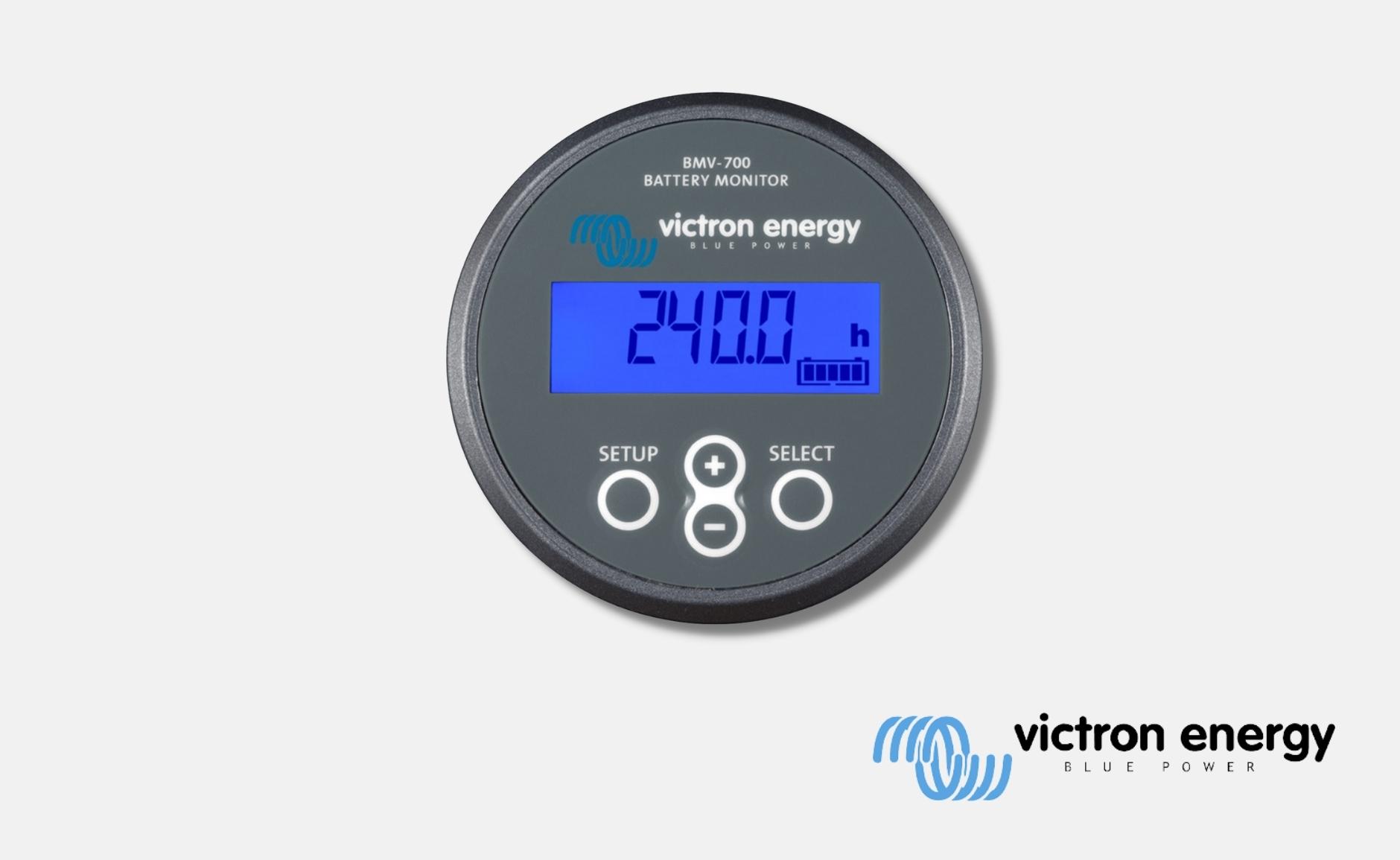The “Storage Stage” refers to the battery and all the fuse protection and sensors/status monitoring peripherals attached to it.
The Battery is the core of the system, but there are a lot of options to choose from and factors to be aware of not only when choosing your battery but also final build decisions like separate vs shared enclosures. No matter what choices you make about the battery, you should always include a Main Battery Fuse . It can be the first (or last) line of defence in the event of a fault as well as an integral part of the safety features that protect technicians doing maintenance on the system.
A Shunt and/or Sensors are important peripherals to provide information about the status of the battery and to ensure that all the charging feeds and loads behave in a manner that supports the safe and long life operation of the battery. Different Shunts & Sensors are either optional or mandatory depending on what battery chemistry you use and and what environment you install it in.
oUR COMPONENTS
Battery
The battery is the piece that gives you power 24/7. There is an enormous range to choose from, but it all boils down to choosing a battery that suits your application. Some batteries are built to suit infrequent usage scenarios (e.g. UPS) while others are built for regular daily draining & re charging (cyclic usage in mobility applications) while still other are designed to tolerate occasional deep discharge and long periods of operation at partial states of charge (solar & deep cycle applications). Still others are designed to start motors (cranking applications). And newer Lithium models can offer fantastic cycle performance and weight reductions. As the saying goes, “choose wisely wisely”!
Fuse Protection
Fuses and Circuit Breakers are the primary means of protection for technicians working on the system as well as for safeguarding your equipment and wiring against faults.
Circuit Protections should be used on every circuit and every device to maximise safety. Fuses come in a wide range of types, from blade or spade fuses integrated into a wiring harness, to small ceramic fuses encapsulated in solar panel connector housings, or large ceramic fuses in switch disconnect housings, and fixed in situ fuses for statis high current power lines.
Shunt
Keeping tabs on battery condition is essential to ensure both the safe operation of the battery as well as to help prolong it it’s operational life.
Shunts are used to meter the battery they monitor all power flowing into and out of the battery and provide a very accurate State of Charge (SOC) readout.
A few different sensors can be installed on a battery the most common are temperature and voltage sensors. These are used by the charging system(s) to adapt their output to properly look after the battery as the temperature changes.
DC Bus
For systems with multiple power flows a DC Bus is essential.
They provide a structure to connect each branching power line, sometimes including options for branch fusing and monitoring. A readily accessible DC Bus is also invaluable for testing and maintenance as it allows each separate element of the system to be checked and in some cases isolated individually.
WANT TO GET IN TOUCH?
Complete the form below to have RFI's solar team contact you.

.png)


%20FR.jpg)
%20FR.jpg)
%20Prismatic%20Cell.jpg)
%20F2.jpg)



.jpg)




